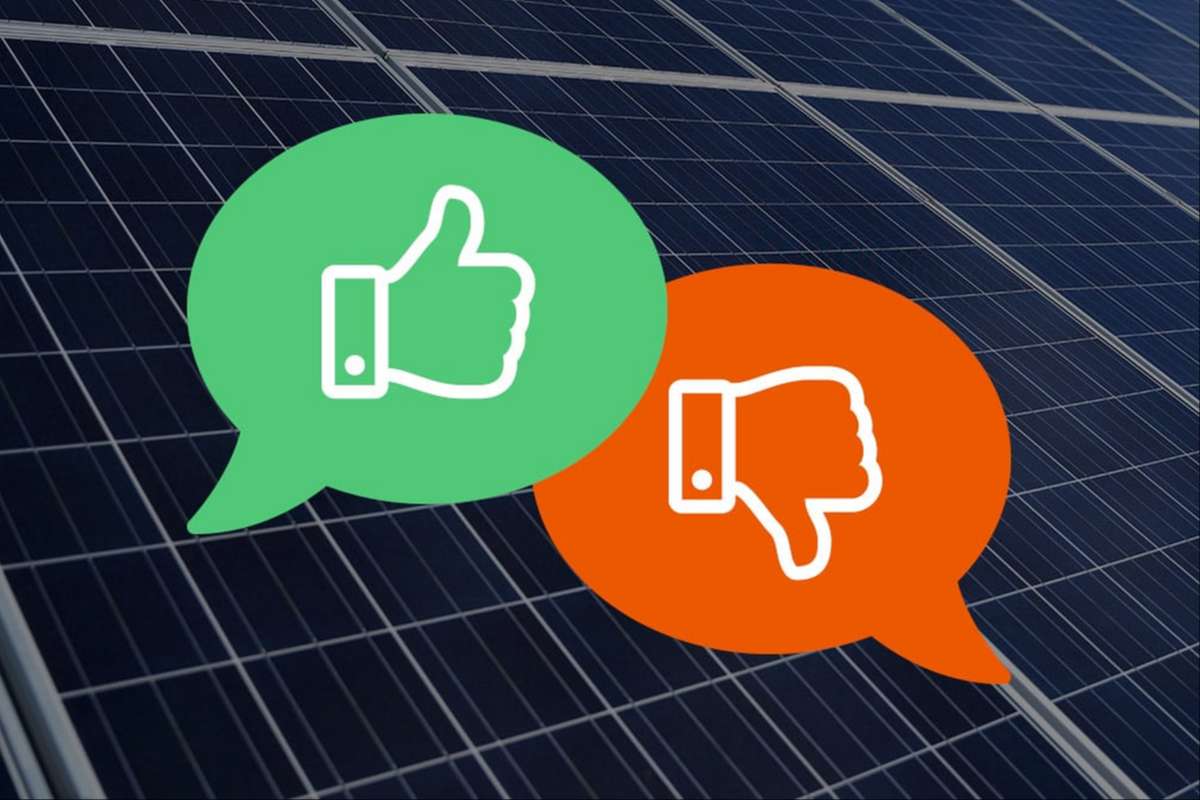As we step into 2024, it’s crucial for homeowners and businesses interested in solar energy to understand the latest updates regarding the Federal Solar Tax Credit. We’ve created this article with the aim of demystifying the tax credit, explaining its benefits, and how to take advantage of it in a simple, straightforward manner.
Understanding the Federal Solar Tax Credit
The Federal Solar Tax Credit, also known as the Investment Tax Credit (ITC), is a significant financial incentive for individuals and businesses looking to switch to solar energy.
Essentially, it allows you to deduct a percentage of the cost of installing a solar energy system from your federal taxes. This credit is a part of the government’s effort to encourage the adoption of renewable energy and reduce the nation’s carbon footprint.
In 2024, the Solar Tax Credit remains a vital part of the renewable energy landscape. However, it’s important to note that the percentage of credit available can change. Initially, the ITC offered a 30% credit, but this has been subject to phase-downs over the years.
For the most current rate, always check the latest government resources or consult with a tax professional.
Eligibility Criteria
To qualify for the Solar Tax Credit, here are a few key criteria you should meet:
- Solar Energy System Installation – The credit applies to solar photovoltaic systems installed at residential (including a home you own and live in) or commercial properties.
- Ownership – You must own the solar system, meaning leased systems or Power Purchase Agreements (PPAs) do not qualify.
- In-Service Date – The credit is only available for systems that are ‘placed in service’ during the tax year. This means the system must be fully installed and operational.
- U.S. Property – The property with the solar installation must be in the United States.
How to Claim the Credit
The act of claiming the Solar Tax Credit involves a few steps which are as follows:
- Keep Records – Save all receipts and documents related to the solar installation.
- IRS Form 5695 – This is the form used to claim the credit. Fill it out as part of your tax return.
- Consult a Professional – Tax laws can be complex. It’s often wise to seek advice from a tax professional to ensure everything is filed correctly.
Benefits of the Tax Credit
The benefits of the Solar Tax Credit are significant. For one, it directly reduces your federal tax liability, dollar-for-dollar, unlike deductions which reduce the amount of income subject to tax.
Moreover, solar installations can increase property values while offering energy cost savings. Lastly, using solar energy reduces dependence on fossil fuels, lowering your carbon footprint.
However, there are still a few misconceptions about the Solar Tax Credit. Among the most common ones are the following:
- It’s a Rebate – The tax credit is not a rebate. It doesn’t result in a direct cash return, but rather a reduction in the taxes you owe.
- Unlimited Credit – The credit is based on a percentage of the cost of your system, not a flat rate.
- Only for Solar Panels – The credit also applies to related solar system costs, including installation and equipment.
Planning for the Future
As we look beyond 2024, it’s important to keep in mind that the Solar Tax Credit may continue to evolve. Staying informed about changes in the credit rate and eligibility requirements will ensure you can make the most of this incentive.
The Federal Solar Tax Credit offers a fantastic opportunity for those looking to invest in solar energy. By reducing the financial burden of solar installations, it not only makes renewable energy more accessible but also contributes to a greener future.
Remember to consult with professionals for the latest information and to maximize the benefits of this program.



